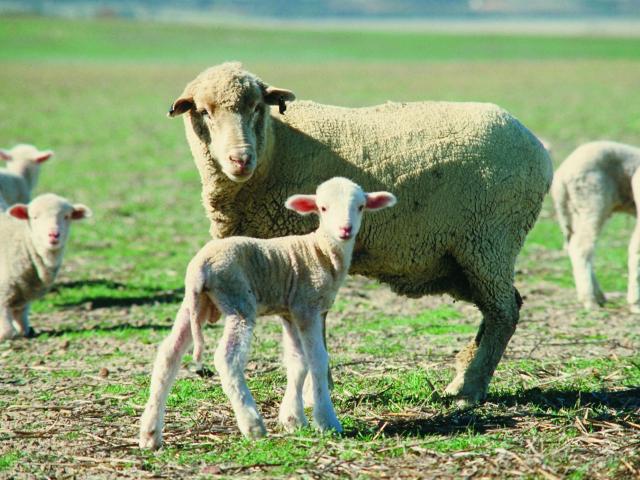Best practice lamb marking
At lamb marking, using best practice guidelines, particularly when it comes to tail length, will have the best outcome for the lamb.
Lambs should be marked before they are 12 weeks of age, with the youngest lamb being at least 24 hours old so a maternal bond can be established.
Producers are urged to tail dock their lambs at the third joint (or to the tip of the vulva in ewes and to the same length in wethers).
Docking at the third joint will reduce the risk of flystrike and other health problems such as rectal prolapses and cancer in ewes.
The department recommends producers use rubber rings or a hot gas knife when tail docking.
The hot knife method is preferable for tail docking on lambs that are mulesed.
Mulesing may not be necessary on some properties that are in a low risk area, and on properties where producers actively select and breed for fly and worm resistance.
Animals that are sold for slaughter prior to the high flystrike risk period may not need to be mulesed.
The department recommends the use of pain relief for mulesing, tail docking and castration where appropriate.
There are now three registered pain relief options that producers can use at lamb marking.
The Australian Pest and Veterinary Medicine Association (APVMA) have registered the below products for pain relief at lamb marking:
| Product | Description and Use | Veterinary prescription needed | Meat withholding period (days) | Export Slaughter Interval (ESI, days) |
| Tri-Solfen® | Pain relief following mulesing, tail docking and castration. Post-operative gel spray providing local anaesthetic and antiseptic | No | 90 | 90 |
| Buccalgesic ® | Alleviation of pain and inflammation for castration and tail docking. Pre-operative liquid administered orally. | Yes | 10 | 10 |
| Metacam 20®* | Alleviation of pain and inflammation. Pre-operative subcutaneous injection. | Yes | 11 | 11 |
*Lambs must be older than 14 days
Tri-Solfen® cannot be used when using rings to castrate and tail dock.
Buccalgesic® and Metacam 20® can be used for both ring and knife methods but require a veterinary prescription.
Please note that Tri-Solfen can now be purchased over-the-counter without the need for a veterinary prescription.
It is essential that producers follow all label directions when using pain relief products, and off-label use is not permitted without veterinarian approval.
For more information, please visit the APVMA website.
Lambs should also be vaccinated with a 3-in-1 or 6-in-1 vaccine.
Vaccinating against scabby mouth is recommended, especially if they are likely to be sold into a live export market or finished in a feedlot.
Visit our Best practice lamb marking page for further information.
For more information contact Julia Smith, Development Officer, Albany on +61 (0)8 9892 8450.

